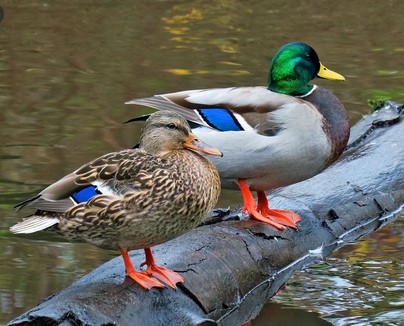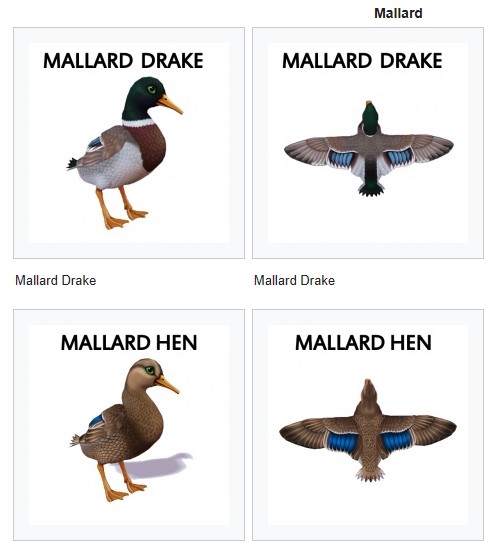
Did you know that many of today’s duck breeds started with the Mallard? That’s right, this species is the main ancestor of most breeds of domesticated ducks. Mallards are a dabbling duck that breeds throughout the temperate and subtropical Americas, Eurosiberia, and North Africa and has been introduced to New Zealand, Australia, Peru, Brazil, Uruguay, Argentina, Chile, Colombia, the Falkland Islands, and South Africa. It is a very adaptable species, being able to live and even thrive in urban areas which may have supported more localised, sensitive species of waterfowl before development. The non-migratory mallard interbreeds with indigenous wild ducks of closely related species through genetic pollution by producing fertile offspring. Complete hybridisation of various species of wild duck gene pools could result in the extinction of many indigenous waterfowl. The wild mallard is the ancestor of most domestic ducks, and its naturally evolved wild gene pool gets genetically polluted by the domesticated and feral mallard populations.
A noisy species, the female has the deep quack usually associated with ducks. Male mallards make a sound similar to that of the female, a typical quack, but it is deeper and quieter compared to that of the female. When incubating a nest, or when ducklings are present, females vocalise differently, making a call that sounds like a shorter version of the usual quack. This maternal vocalization is highly attractive to their young. The repetition and frequency modulation of these quacks form the auditory basis for species identification in offspring, a process known as acoustic conspecific identification. In addition, females hiss if the nest or offspring are threatened or interfered with. When taking off, the wings of a mallard produce a characteristic faint whistling noise.

When Amaretto introduced the Barnyard Bird Ducks in October 2018 one of the starter birds was the Mallard. They each came with possible hidden coats and traits. The hidden breed/traits may or may not be Non-Starter. When breeding new starters together, it is important to remember that the hidden Breed/traits may or may not drop in the first Egg or even the last Egg . You just never know!
Both comments and pings are currently closed.
 Filed Under :
Filed Under :  Jul.17,2020
Jul.17,2020